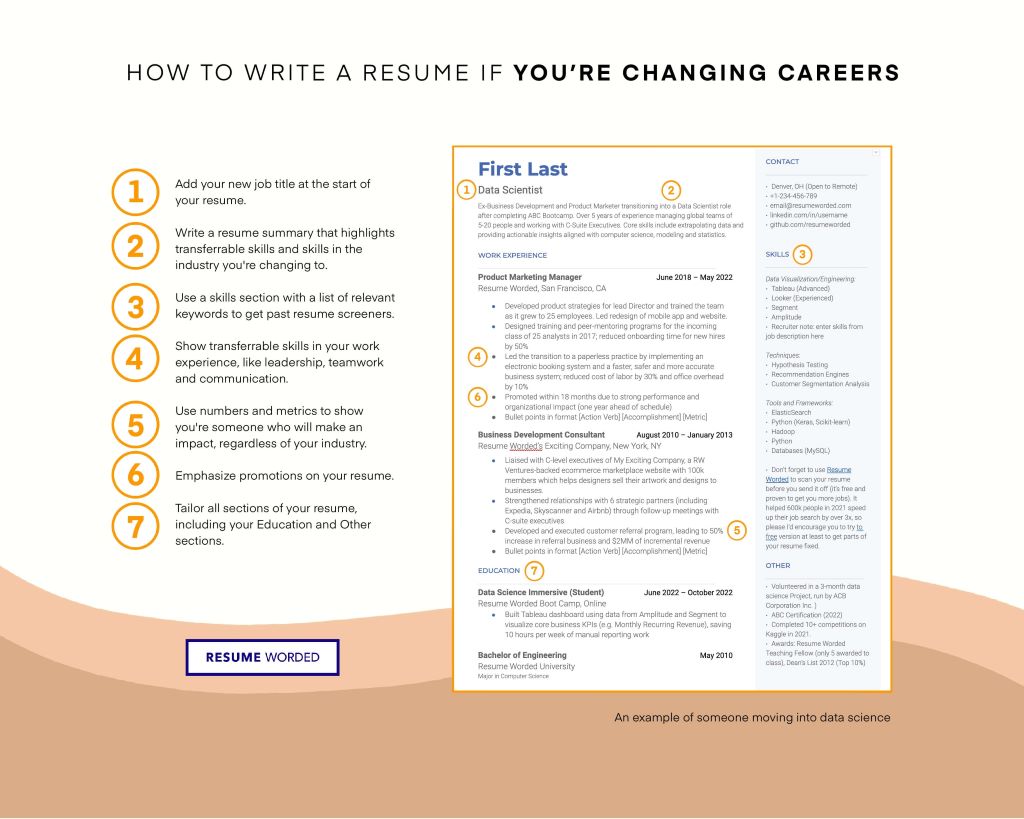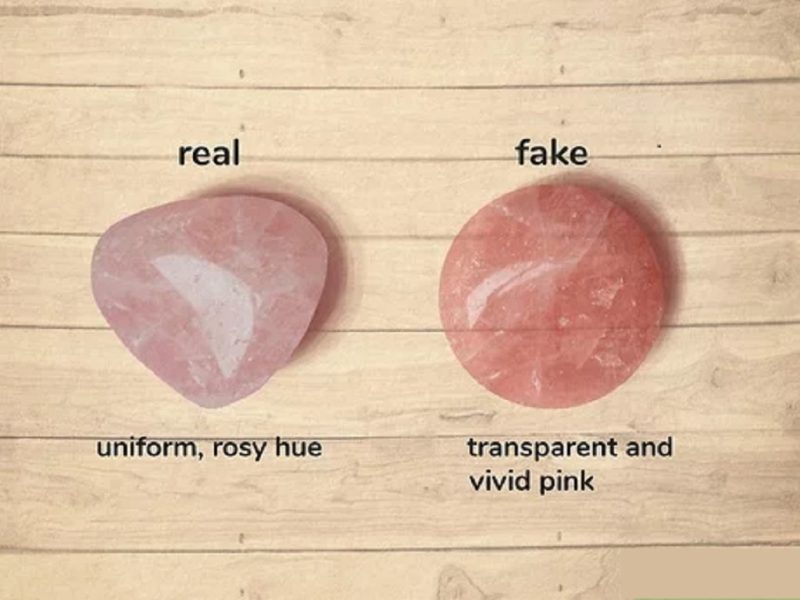Making a career shift during the middle of your professional journey can be a thrilling yet challenging endeavor. Whether you’re exploring new industries or aiming for a leadership role, crafting a resume for mid-career transitions is key to showcasing not only your “mid-level experience” but also your adaptability and value to prospective employers. It’s essential to present a narrative of growth, versatility, and expertise, tailored specifically for mid-career professionals.
By adopting well-tested techniques and leveraging platforms like Careerbeez, you can transform your resume into a powerful tool for career progression. Whether you are pivoting to a new domain or seeking a step up in your current field, here’s how to build a standout resume for mid-career transitions.
Understanding the Purpose of a Mid-Career Resume
Your resume must evolve alongside your career. Unlike entry-level resumes that focus heavily on education and internships, mid-career resumes emphasize achievements, leadership, and transferable skills. A mid-career professional brings years of experience, and your resume should clearly communicate how those years add value.
What Employers Look For in Mid-Career Professionals
- Demonstrated Impact: Highlight specific achievements that have led to measurable results. For instance, mention increasing sales by 30% or successfully leading a team through a major transition.
- Leadership Potential: Companies expect mid-level professionals to mentor, manage, and innovate. Show evidence of these abilities through past experiences.
- Adaptability: As industries change rapidly, your capacity to adapt and learn new skills is crucial. Employers value candidates who embrace change.
By aligning your resume with these expectations, you can position yourself as an ideal candidate for any role. Mid-level experience typically spans 5-15 years. You can click on https://www.careerbeez.com/training-and-development/how-many-years-of-experience-is-mid-level/ for a detailed explanation.
Essential Components of a Resume for Mid-Career Transitions
-
A Compelling Summary or Objective Statement
The top section of your resume sets the tone. Write a concise yet powerful summary that encapsulates your experience and career aspirations.
Example:
“Seasoned marketing professional with over 12 years of experience driving brand growth, managing cross-functional teams, and launching multi-million-dollar campaigns. Seeking a leadership role where I can apply innovative strategies to accelerate market expansion.”
-
Emphasis on Transferable Skills
Identify and highlight skills that are relevant to your target role, even if they stem from a different industry. For instance:
- Project management expertise for transitioning into tech roles.
- Strong negotiation skills applicable across industries like sales or procurement.
- Analytical thinking crucial for roles in data-heavy fields.
-
Results-Oriented Professional Experience Section
Focus on quantifiable achievements rather than responsibilities. Use bullet points for clarity and impact.
Example:
- Increased operational efficiency by 25% through process optimization and staff training.
- Spearheaded a team of 15 to deliver a $2M project three months ahead of schedule.
- Designed and executed a customer retention strategy, boosting loyalty rates by 40%.
-
Tailored Keywords for ATS Compatibility
Many companies use applicant tracking systems (ATS) to screen resumes. Incorporate industry-specific keywords naturally to ensure your resume passes this initial screening.
-
Strategic Use of the Skills Section
Mid-career professionals should list a mix of technical and soft skills. Examples include:
- Technical: Data analytics, CRM tools, financial modeling.
- Soft: Leadership, adaptability, collaboration.
Addressing the Challenge of a Career Pivot
For professionals making a career pivot, your resume must bridge the gap between your current experience and your desired role.
-
Focus on Relevant Skills and Experiences
Analyze the job description to identify overlapping skills. Frame your experiences in a way that resonates with the new industry.
-
Include a Skills-Based Resume Format
Unlike the traditional chronological format, a skills-based resume highlights your expertise over your job history. This approach is ideal for career changers.
-
Continuous Learning and Certifications
If you’re entering a new field, bolster your resume with relevant certifications or training programs. For instance, certifications in digital marketing or coding can validate your interest and expertise.
Common Mistakes to Avoid
-
Failing to Update Your Resume Format
A visually appealing, modern resume layout can make a significant impact. Use clean fonts, bullet points, and professional templates to enhance readability.
-
Overloading with Irrelevant Information
Avoid listing outdated or unrelated roles. Focus on the last 10-15 years of your career to keep your resume concise.
-
Neglecting the Power of a Cover Letter
While this article focuses on resumes, a tailored cover letter can enhance your application significantly. Use it to elaborate on why you’re the perfect fit for the role.
Seamless USPS Delivery to a Temporary Address While Traveling: Your Ultimate Guide
Tips for Standing Out in a Competitive Job Market
-
Leverage Networking
Many mid-career transitions occur through referrals. Reach out to former colleagues, join professional groups, and attend industry events.
-
Optimize Your LinkedIn Profile
Your LinkedIn should complement your resume. Use it to expand on your achievements, connect with industry professionals, and showcase endorsements.
-
Align Your Resume with Company Goals
Research your target companies. Customize your resume to align with their mission, values, and priorities.
You Might Enjoy: An Introduction to Modern Journalism
FAQs
What should I include in a resume for mid-career transitions?
Focus on achievements, leadership roles, and transferable skills. Tailor your resume to the desired industry and job.
Should I list all my past jobs?
No, focus on roles relevant to your target job. Highlight accomplishments from the last 10-15 years.
How can I address employment gaps?
Use a functional resume format, highlight skills gained during the gap, or explain briefly in your cover letter.
What’s the best way to make a career pivot?
Emphasize transferable skills, seek certifications, and tailor your resume for the new industry.
How important is LinkedIn for mid-career professionals?
Extremely important. A robust LinkedIn profile complements your resume and boosts your visibility to recruiters.
Conclusion
Crafting a resume for mid-career transitions requires a mix of strategic thinking, storytelling, and adaptability. By showcasing your unique strengths and aligning them with the demands of your desired role, you can unlock new opportunities and redefine your professional journey.
Read more about How to Integrate CRM/ERP Systems https://uphilltechno.com/web-design/integrate-crm-erp-systems-with-website/




